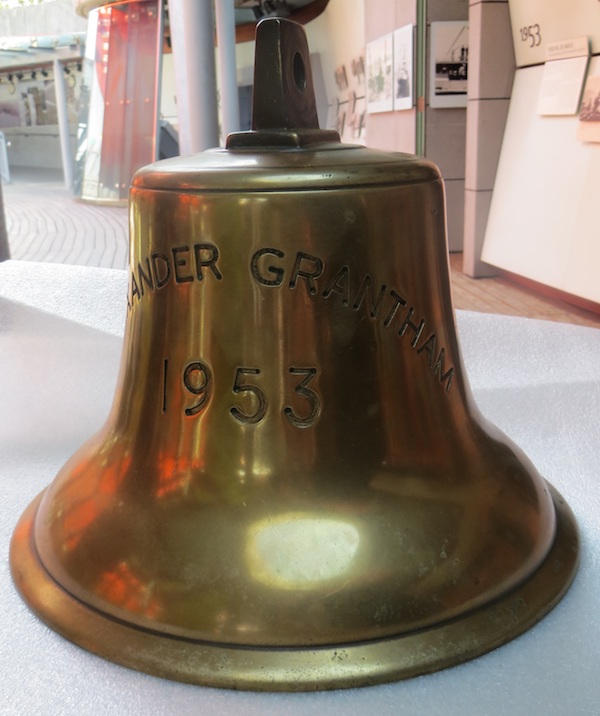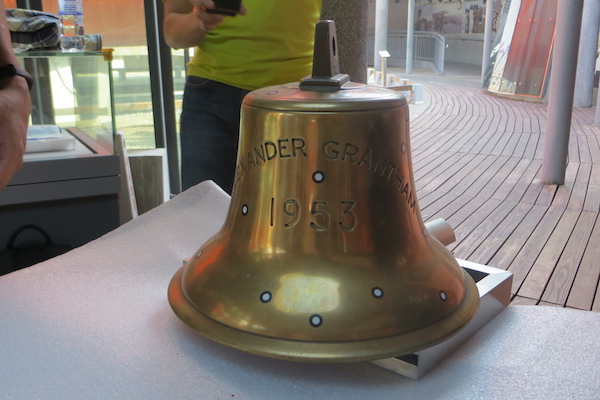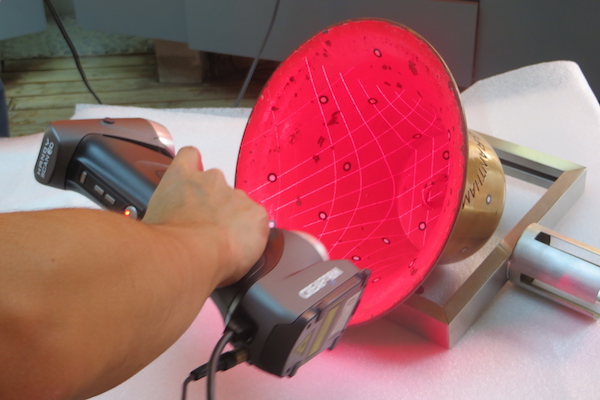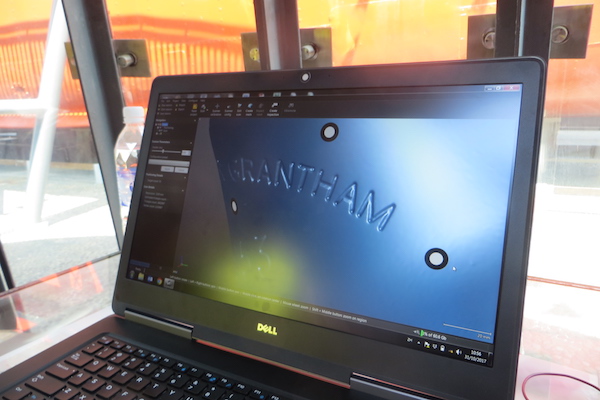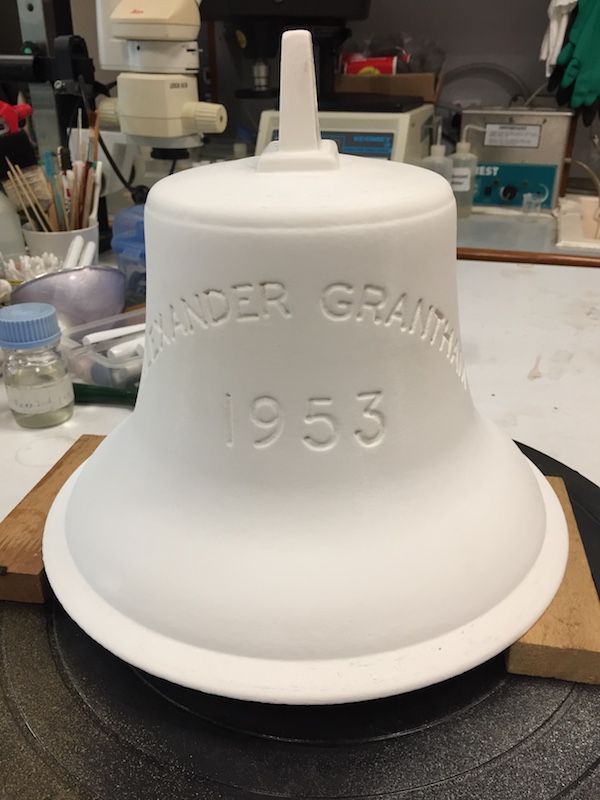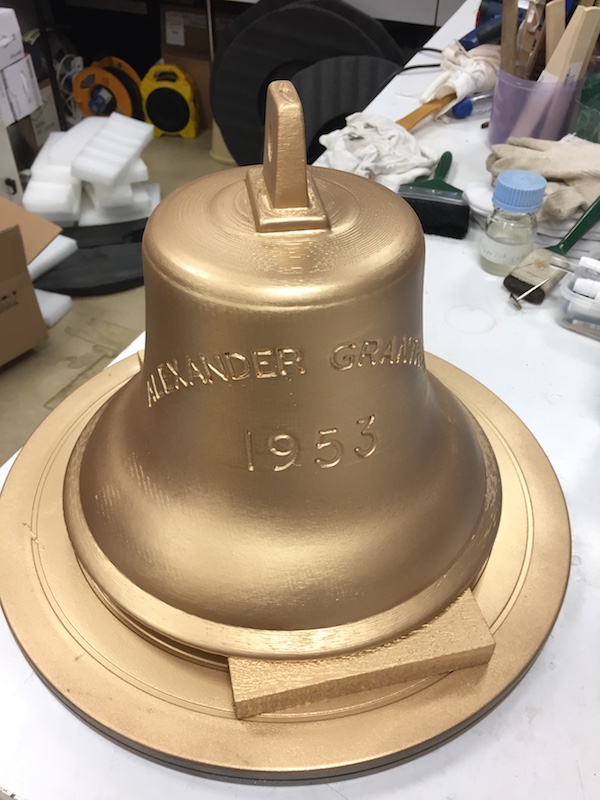3D Scanning Technology
Background
Three-dimensional (3D) scanning techniques have been widely adopted in various professional disciplines such as archaeology, engineering and surveying, because of its excellent accuracy in measuring and recording real-world objects. For conservators, detailed documentation and condition monitoring of artefacts have long been our core businesses. Using 3D scanning techniques, conservators are now able to thoroughly record all the features and conditions of artefacts by creating digital 3D models in very high resolution. This technological advancement has greatly improved the precision of artefact documentation and monitoring, which relied on photography and written description in the old days.
Working Principles
The 3D scanner is comprised of a laser projector and a number of camera(s) or detector(s). During scanning, the laser projector emits visible Class II laser beams (i.e. low power and eye-safe) onto the target object. The camera(s) with fixed distance and angle to the laser projector will then scan the object surface to receive the reflection. The received signals will then be processed to create triangular meshes as the virtual object surface. With computed coordination and arrangement of all triangular meshes, a complete and accurate 3D digital model of the target object will be generated.
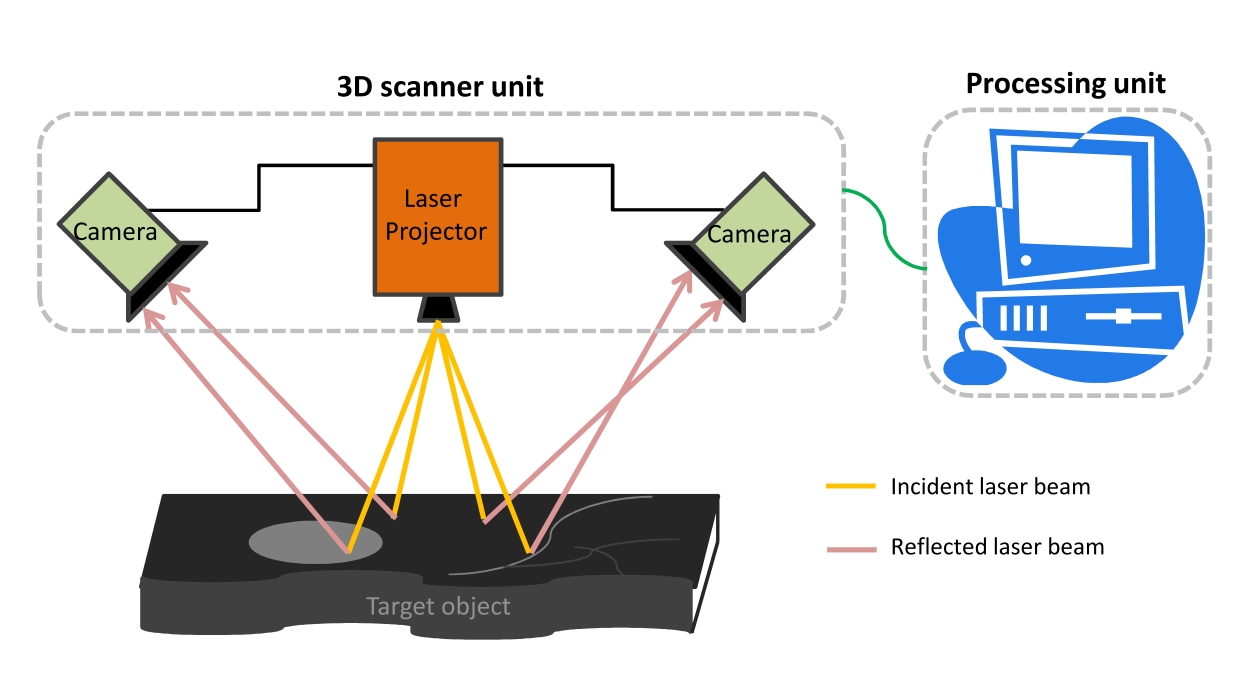
Replication of the Copper Ship's Bell from the Fireboat Alexander Grantham
The copper bell from the historical Fireboat Alexander Grantham has been one of the most unique and iconic exhibits of the exhibition showcasing the local fire-fighting history. Given the vulnerability of the copper material, the bell has been displayed behind glazing under controlled environmental conditions to preserve its physical condition, which is in fact inaccessible for visitors. With the use of 3D scanning technology, a digital model of the copper bell has been created. Visitors can now get near to the replicated plastic bell and take a closer look at this iconic "artefact".
